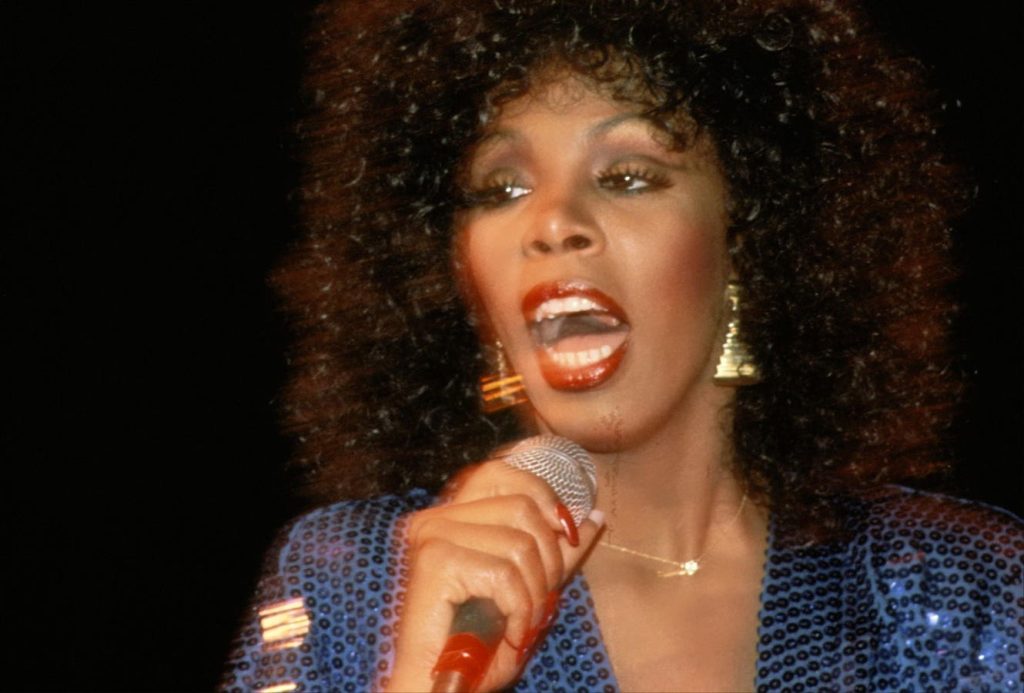The disco genre emerged in the 1970s and early 1980s as a response to shifting political, social, and sexual revolutions, with Black musicians, DJs, and producers at the forefront. The word “disco” originates from the Italian and French terms for “record collection” and “nightclub with recorded music for dancing.” Disco culture became central to queer and trans liberation movements and post-Civil-Rights racial integration.
Top disco songs such as Van McCoy’s “The Hustle” and Donna Summer’s “Bad Girls” were played at iconic clubs like the Paradise Garage by DJ Larry Levan. Other popular artists in the disco genre included The Village People, The Bee Gees, and Donna Summer. The music blended elements of soul, funk, gospel, and electronic music to create uptempo danceable rhythms that extended beyond traditional song lengths.
A curated list of timeless disco jams includes songs like First Choice’s “Love Thang,” Chic’s “Le Freak,” and Michael Jackson’s “Rock With You.” These songs highlight the diversity and vibrancy of the disco genre, from slow and syncopated beats to energetic dance anthems. Disco music played a significant role in the mainstream, with hits like The Bee Gees’ “Night Fever” appearing in popular movies like “Saturday Night Fever.”
Disco classics like Sylvester’s “You Make Me Feel” and Anita Ward’s “Ring My Bell” showcased the genre’s celebration of self-love, community, and lightheartedness. The disco subculture provided a space for people to embrace their true selves and connect through music and dance. Artists like Gloria Gaynor with “I Will Survive” and Diana Ross with “I’m Coming Out” became icons of strength and empowerment through their disco anthems.
The disco era also saw the rise of iconic disco groups like Sister Sledge and A Taste of Honey, whose hits like “We Are Family” and “Boogie Oogie Oogie” emphasized the importance of unity and fun on the dancefloor. The disco genre was known for its infectious energy, groovy basslines, and catchy vocals that made people want to get up and dance. The diversity of disco music allowed for a range of sounds, from jazz-inspired tracks to funky disco classics.
In conclusion, disco music’s blend of genres and themes created a unique and inclusive culture that continues to resonate with audiences today. The disco era was a time of celebration, self-expression, and community building through music and dance. The curated list of disco classics serves as a tribute to the artists and songs that defined this iconic era, showcasing the enduring impact of disco on music and culture. Disco remains a vibrant and essential part of music history, weaving together a tapestry of sounds and stories that continue to inspire and uplift listeners around the world.


